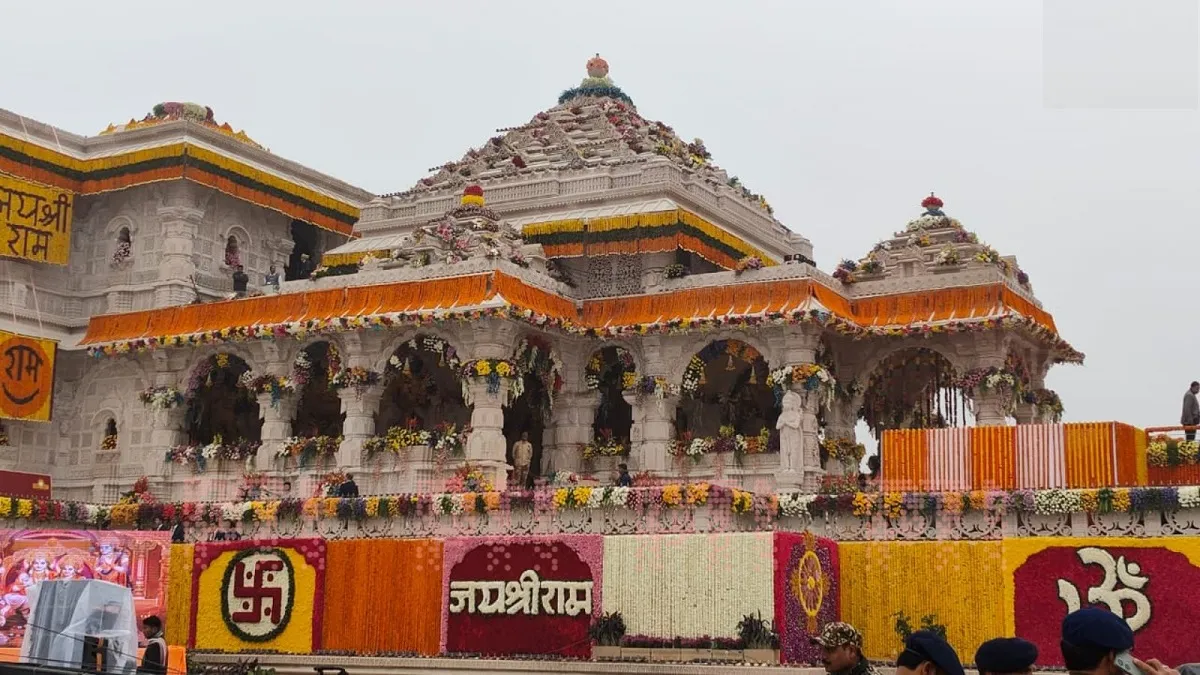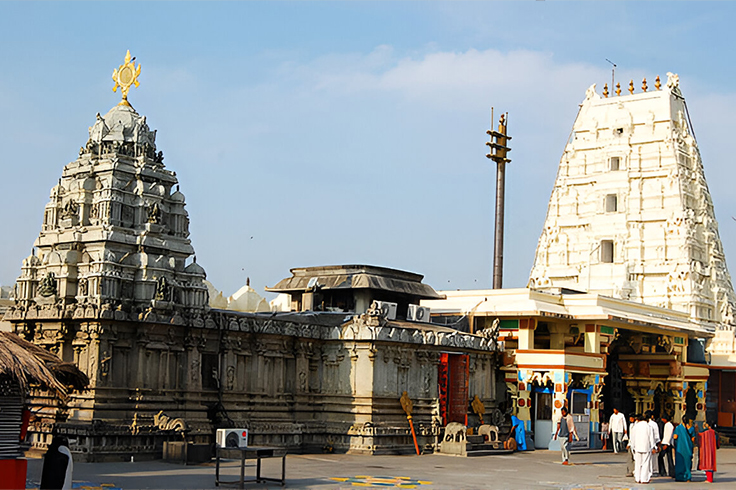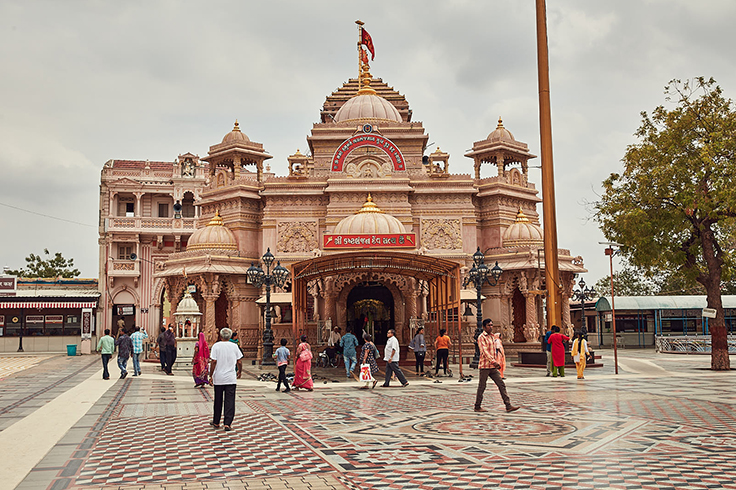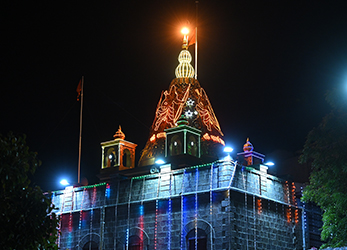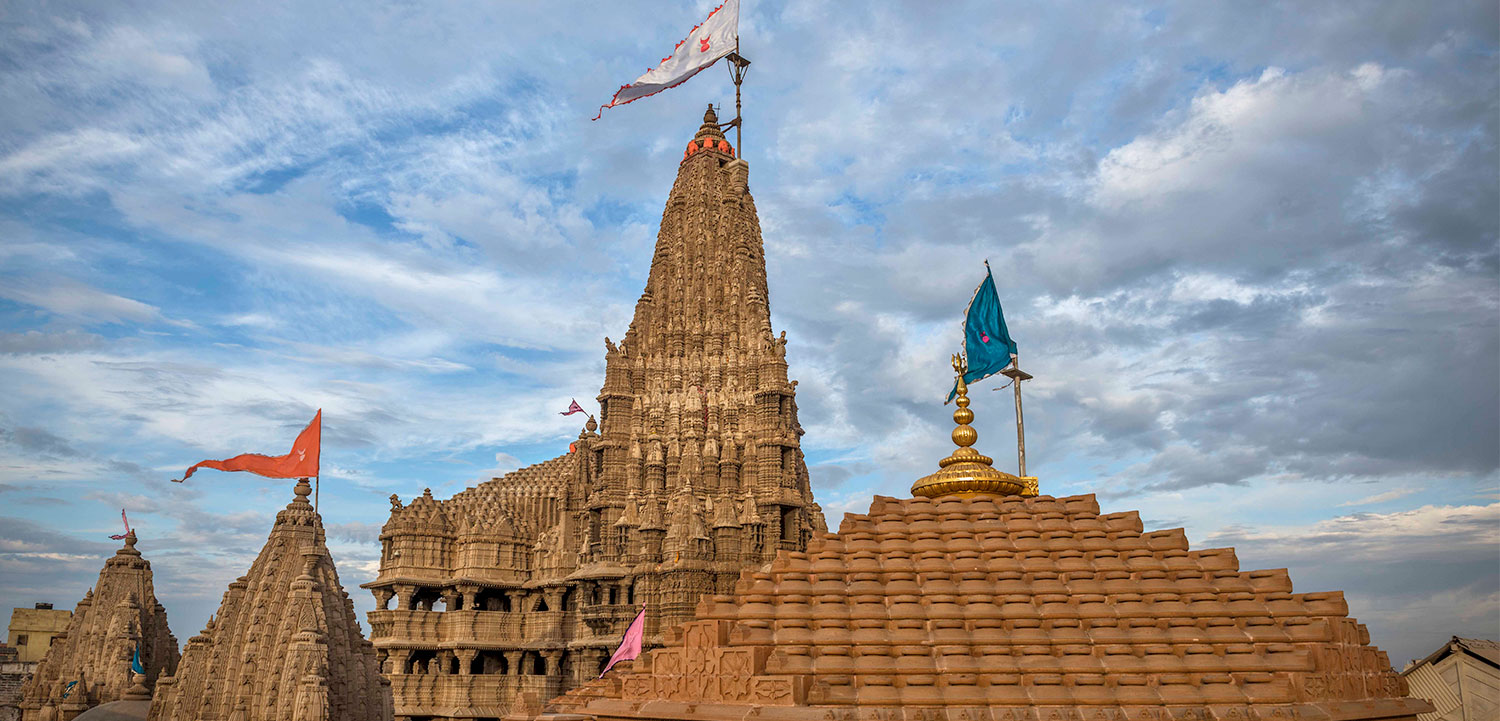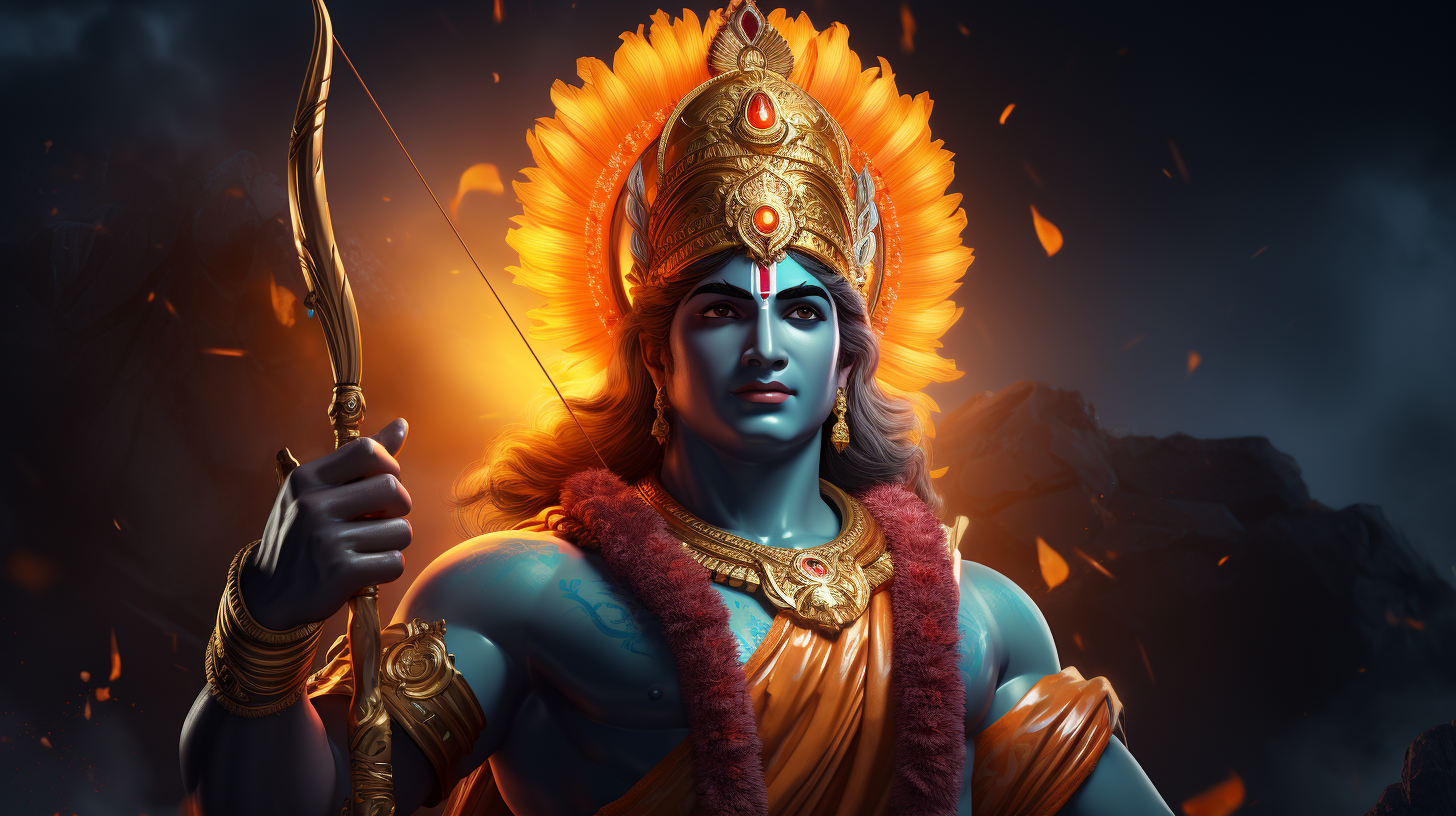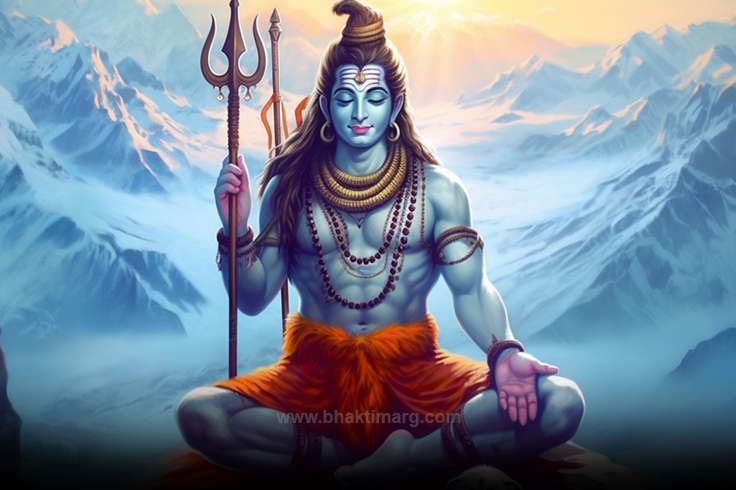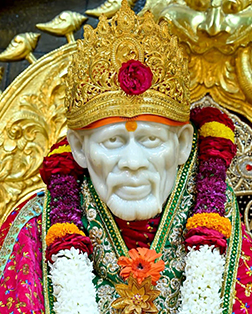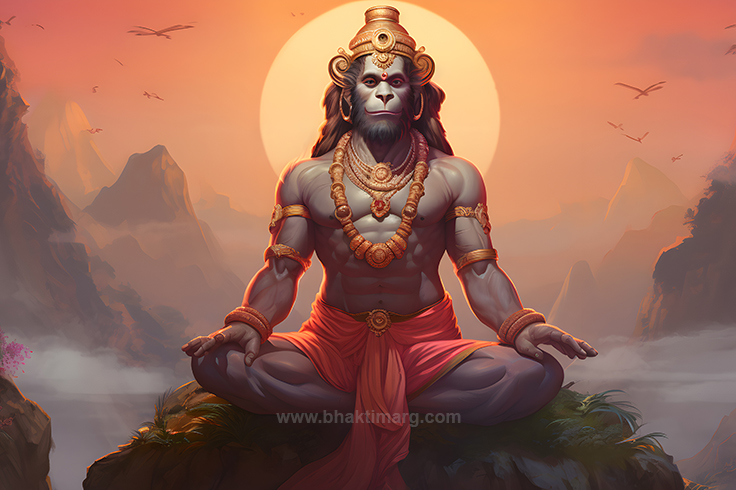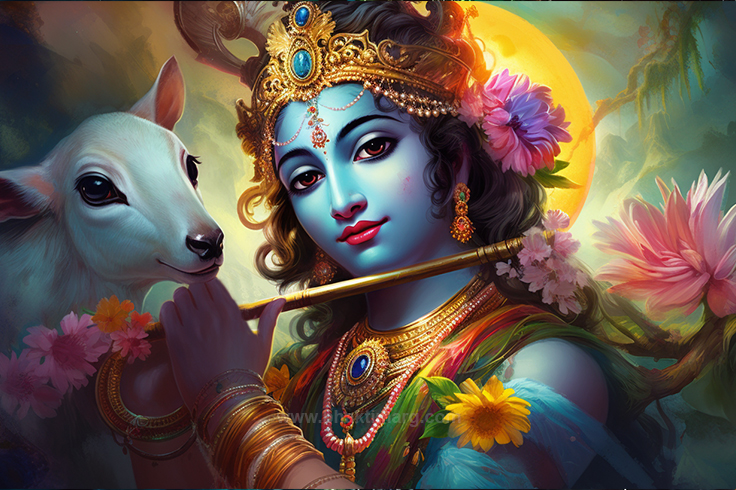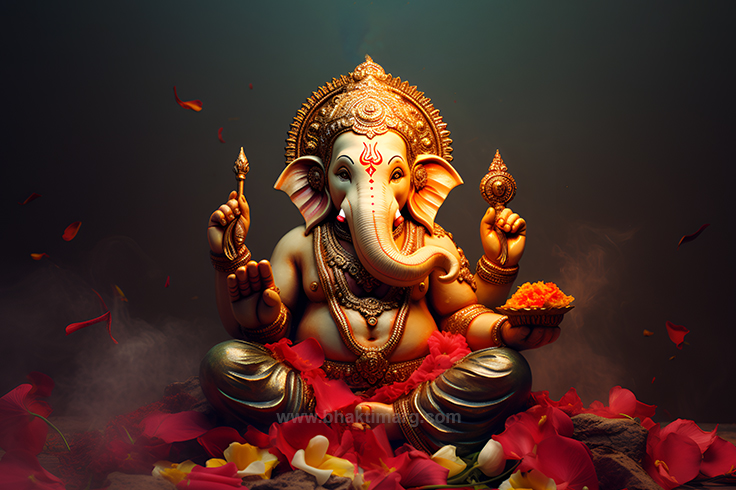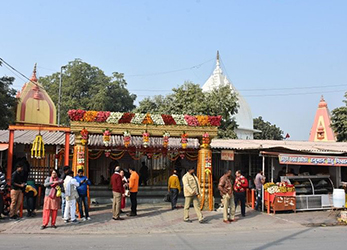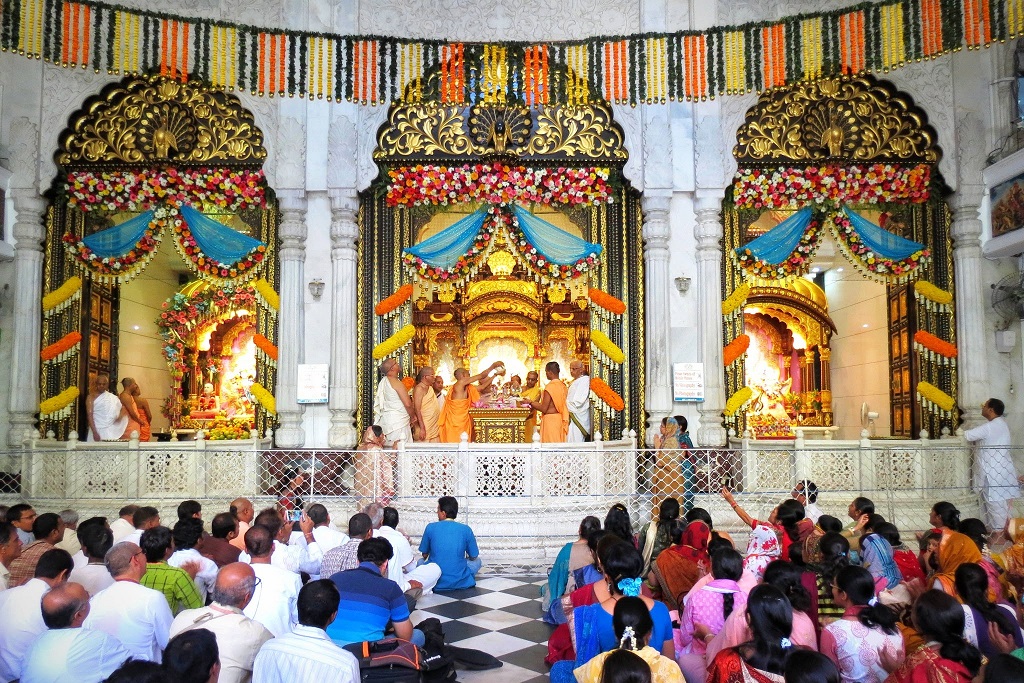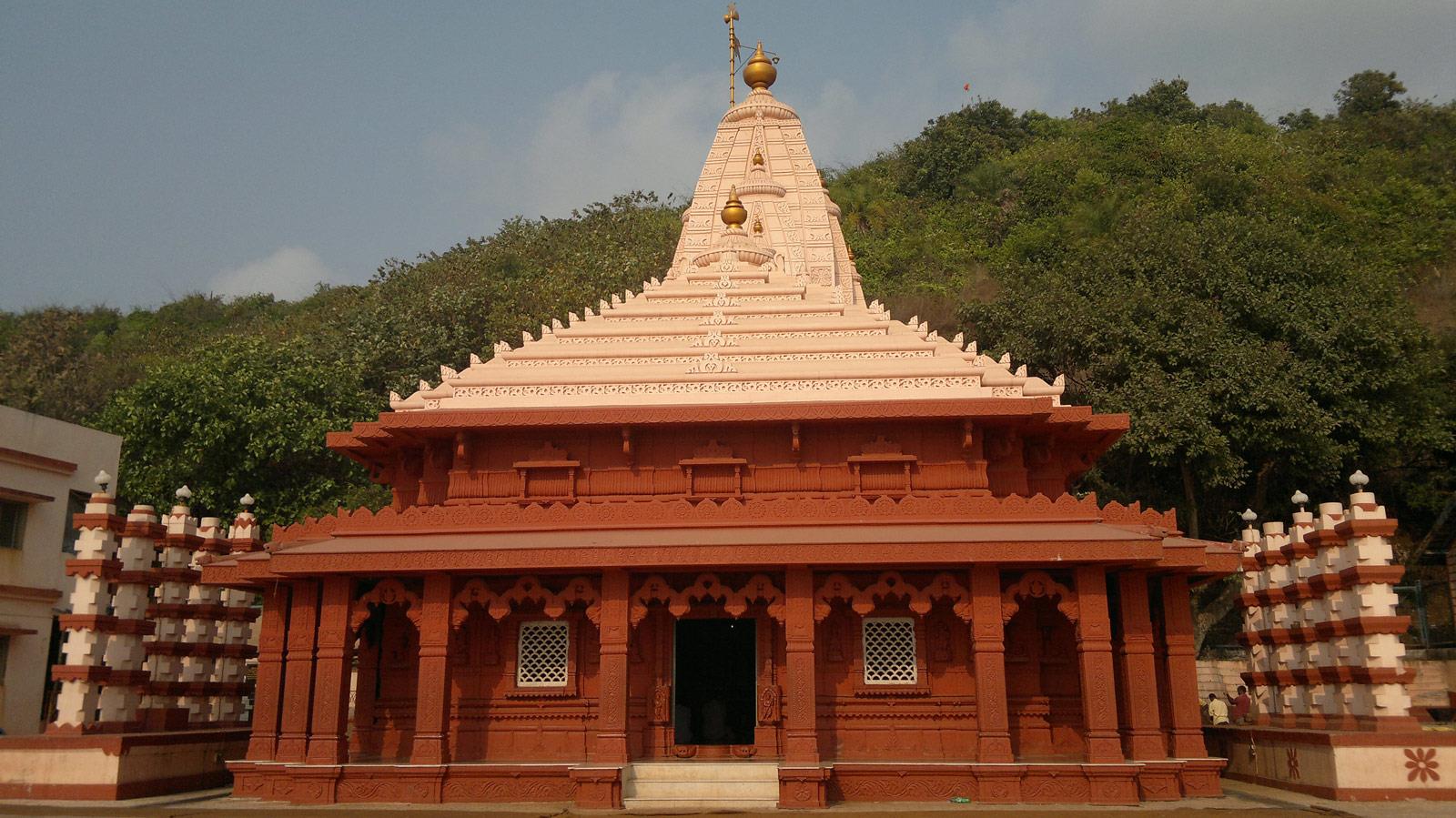
Ganpatipule Mandir, Ratnagiri
Attributes of the Ganpatipule Ganpati Mandir
- The most essential significance of the Ganpatipule Temple Ratnagiri is the Ganpati Murti, the idol is Swayanbhu, which means arising from the Bhumi, self-appearing, not created by any mortal being but existing in nature itself. The Ganpatipule Ganpati idol has a divine essence, as it is nature’s existence, hence one can feel the powerful presence of Lord Ganesha at the sacred place.
- Another biggest attribute of Ganpatipule Mandir is referred to as the Paschim Dwar Devta Temple (western gate temple). The Swayanbhu Murti is parallel to the sea coast and faces towards the west so when the rising sun shines over it the view is marvelous. And when the sun sets shining on the Ganpatipule Ganpati Mandir Maurti one gets an illusion of reddish ting all over the beach and water creating a scenic view.
- The location of the Shree Ganpati Pule Mandir is significant as Ganesh Ji is considered the protector of the Western Ghats according to the folklore where Lord Shiva was appointed sector protector. The construction of the temple establishes its grandeur, spiritual attribute, and abundance. It is a local belief that the western ghats are blessed with rich flora and fauna by Lord Ganesha’s blessing and protection.
In Hinduism and Sanatan Dharm, Lord Shri Ganesh is the most adored and celebrated god, also called the Prathampujya Bhagavan. Various temples were established in honor of the lord some that appeared on their own and some that were built by man. Ganpatipule Ganpati Mandir is one such renowned sacred location for Ganpati Darshan. Bhakti Marg brings you Shree Ganpatipule Mandir details satiating your curiosity for exploring various Ganesh Mandir.
Story Related to Ganpatipule
The Ganpatipule Ganesh Temple is said to have a long history dating back to around 400 to 500 years back. It is said that the place of Ganpatipule Mandir today was the residential place of Balbhatji Bhide a staunch devotee of Mangalmurti, Lord Ganesh. Once when he faced problems in his personal life he decided to do penance. He left food and water and immersed himself in meditation to attain his goal.
While he was in Dhyan in the ‘Kevadavan’ lord Ganesh presented him with a vision so he felt relieved that the lord had listened to his prayers and that his problems would be solved soon. When he returned his cow that was not milking for some time now started to milk at a certain place daily. So he thought why this strange behavior and started digging the place and found a Swayanbhu Ganpati Murti that was the beginning of Ganpatipule Devasthan. Balbhat Bhide started performing rituals after discovering the idol previously there was no proper temple structure built. This incident happened in the small village of Agargule situated across a small hill on the coastal areas so it came to be called Gulyacha Ganpati. Later on, since the temple was situated on the sand dunes it became famously known as ‘Ganpatipule’ meaning Ganpati on Pule which is dunes or sands, hence renowned Shri GanpatiPule Madir began circulating and became one of the recognized Ganpati pilgrimages.
Ganpatipule Devasthan Architecture
This sacred place existed for almost 4 to 5 centuries now previously the Ganpatipule Ganpati had grass covering where Balbhat Bhide performed all the sacred rituals and Aradhana. With time it was upgraded during the reign of Maratha Ruler Chhatrapati Shivaji Maharaj building a dome over the Shri Ganpatipule Ganpati. Further during Peshwai the structure was upgraded a little and the dome was covered in gold plate, and a Nandadeep (eternal lit lamp) was established, and hard stone structures we erected. The Ganpatipule temple that is seen today was constructed from the year 1998 to 2003, and the architecture reflects ancient Hindu culture.
The construction has taken place in special stone, Agra-red to give a feel of being carved from a single rock. And the natural geographical layout complemented the construction with its miraculous nature. The Ganpatipule Temple has a magnificent main gate at the north, attracting the devotee’s attention, having two bulking elephants on each side with raised trunks. There is a large Mushak structure facing the main gate welcoming the devotees along with the elephants.
The dome-shaped Gabhara of Ganpati Mandir of Ganpatipule and the carved ceiling of the Baithak or auditorium take one to another realm during twilight. In addition, the Shri Ganpatipule Mandir has lamp pillars on both north and south that are lit at night, and on the Tripuri Poornima, the sparkling decor entrances the onlooker. The architecture of the Ganpatipule Mandir in Ratnagiri is a feat to visit and capture through one’s eyes.
The Ganpatipule Ganpati temple is located in the Ratnagiri district on the coastal region of Konkan bordering the Arabian Sea. This outstretched golden beach with the amalgamation of nature is not only famous as a pilgrim but also a great vacation spot. The Ganpatipule Temple Ratnagiri can be visited any time of the year, even so, the months of October to March are most favorable for a beach vacation if you are looking for a peaceful getaway.
To reach Ganpatipule Mandir Ratnagiri transport modes like Railways, and Travel buses are available. One can get assistance through Tours and Travels if they want a planned vacation or pilgrim package. The timings for Darshan at Shree Ganpati Pule Mandir are fixed the mandir opens at 5 in the morning until 9 at night. And there are intervals where Khichdi Prasad is distributed which is 12:30 to 2 pm. There are even times for daily Ganesh aarti, and even special events hosted on certain occasions all of which details can be found at Ganpatipule Temple Website.
For vacation stays several homestays and hotels are available, along with it there is Ganpatipule Bhakta Niwas built for pilgrims who wish to stay along the Divine abode. One can get more information about the accommodation, stay timings, services, and stay fees on the Ganpatipule Devasthan website, they even have a contact number posted to call and get details or bookings done. Even though Ganpatipule Temple is the central attraction of the place there are various tourist attractions one can visit if they have traveled from far.
Famous places near Ganpatipule Ganpati Mandir are Jaigad Fort, an epitome of Indian engineering, along with the Jaigad light-house, the Ganapatipule Beach, and Malgund, a small village home to famous poet Kavi Keshavsoot now turned in to Hostel for students and open for visitors as a tourist attraction.
Darshan Timing & Festivals
Open Close Timing : |
5:00am to 9:00pm |
Festivals : |
Visit website | www.ganpatipule.co.in |
Temple Information
Basic Services : |
Prasad, E-services, Social activities, Bhaktinivas (accommodation), Abhishek-Archana |
Organized By : |
Sansthan Shri Dev Ganpatipule- Trust Members |
Dedicated To : |
Shri Ganesh |
Architecture : |
Pagoda-style Architecture |
Photography : |
Not Allowed |
Entry Fee : |
N/A |
How to Reach
Address : |
Ganpatipule, Ratnagiri, Maharashtra 415615 |
Road : |
Ganapatipule is 32 km from Nivali, a small village on Mumbai Goa Road (NH 17) the distance from Nivali to Ratnagiri is around 20 km. Mumbai is 375 km away via Mahad, and Pune is 331 km away via Satara. Ganapatipule is also connected with other cities by state transport buses. Buses are available from major cities like Mumbai, Pune, Sangli, Kolhapur, and Solapur to Ratnagiri. From Ratnagiri, private cabs also ply to the town. There are frequent MSRTC buses from Mumbai, Pimpri-Chinchawad, Pune, Swarget (Pune), Miraj, Chiplun, Deorukh Sawantwadi (only seasonal), and Panjim (only seasonal). Private buses ply between Mumbai / Pune to Ganpatipule via Ratnagiri. Neeta Travels: Borivali (Mumbai) to Ganpatipule via Ratnagiri. Purple Travels (MTDC) : Borivali (Mumbai) to Ganpatipule via Ratnagiri. |
Nearest Railway : |
There is no railway station at Ganapatipule. The nearest railway stations are Ratnagiri and Bhoke. All the express, passenger trains stop at Ratnagiri, which is a city. Bhoke is a small village and only Dadar passenger trains will stop there |
Nearest Airport : |
Mumbai, Pune, Kankavli |
Website : |
https://www.ganpatipule.co.in/ |
Social Media : |
N/A |




